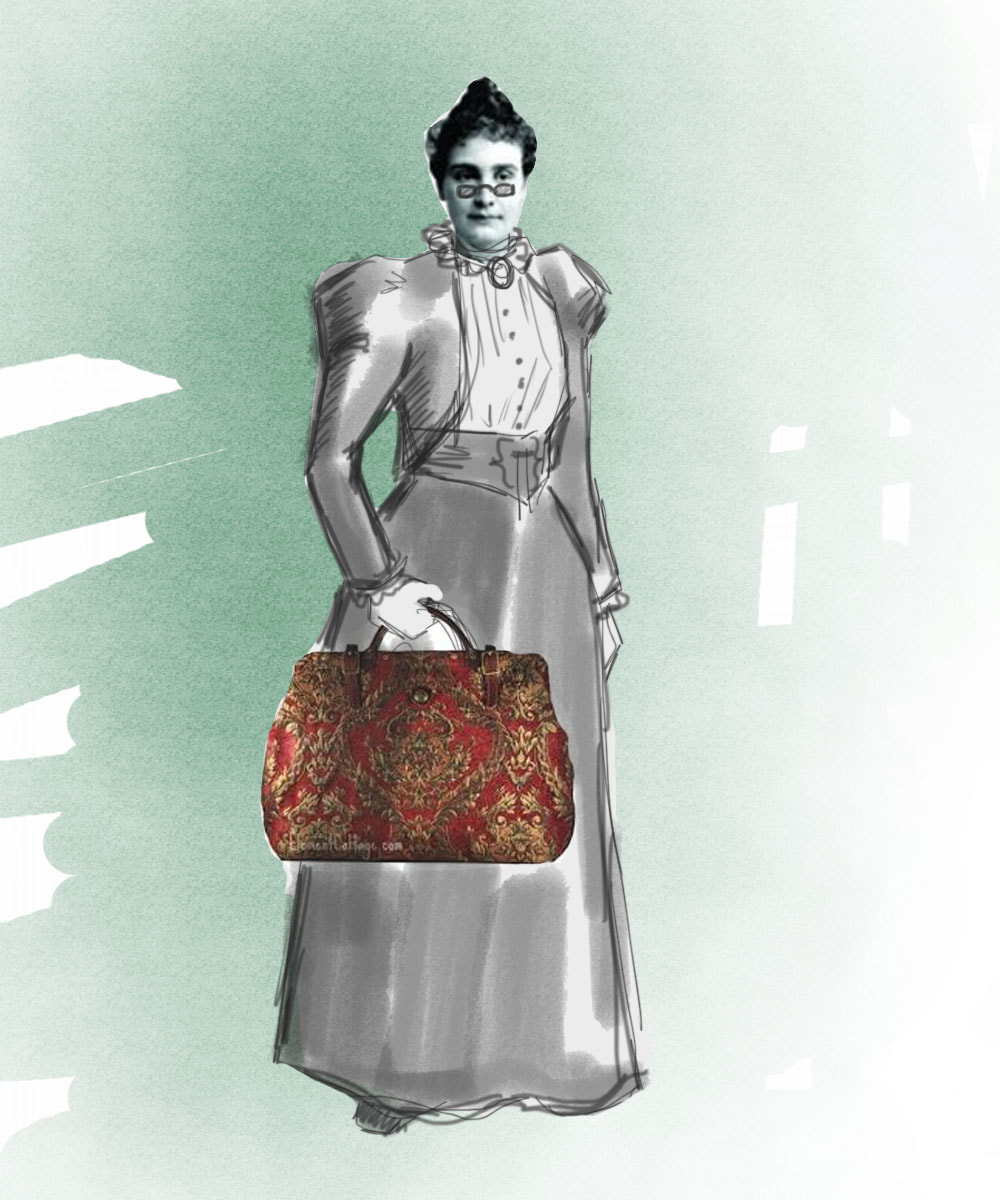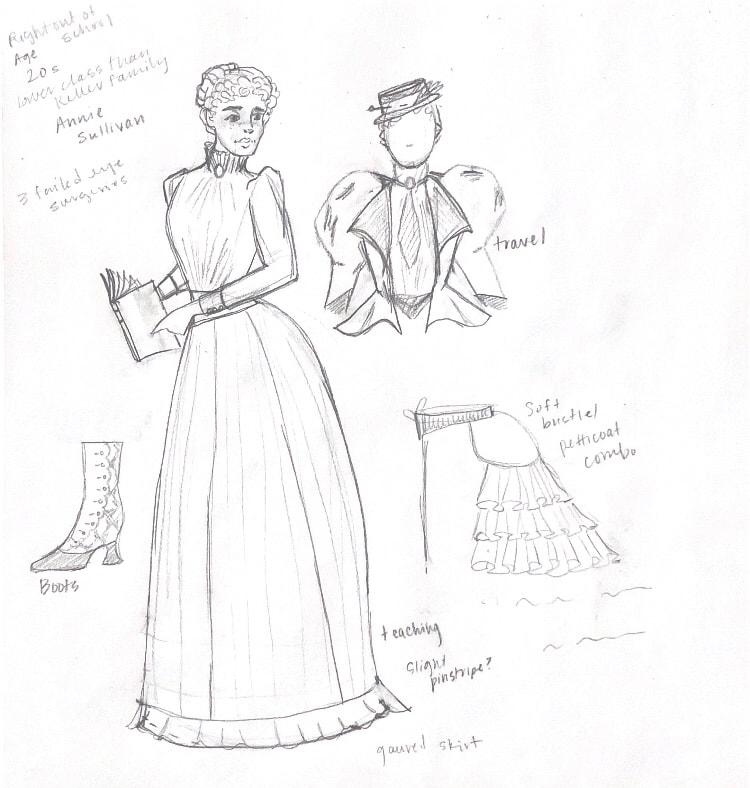|
If you are in the costume or fashion industry and haven't heard of FABSCRAP, let me introduce you.
FABSCRAP is a fabric recycling shop that not only will take your mockups, scraps, extra bolts, etc. and recycle them, They will sell you fabric by the yard, by the patch, in scrap bags from area designers who no longer need their excess fabric. Before the pandemic you could even go to their warehouse, volunteer to sort, and walk away with some beautiful fabric as a thank you. Now, it is a bit harder to do this, but they still accept volunteers, have sign up for in store shopping, and the thing I'm most excited about is, online shopping! I don't currently have a project, but the fabrics currently up online make me want to think something up so I can order some. Learn more about FABSCRAP and their mission or shop for your next at home quarantine project. *No partnership or pay from this blog. I just am really excited about FABSCRAP and want other eco-conscious designers, fabric enthusiasts, at home sewers, teachers, students, etc. to know about them!
1 Comment
This winter I was scheduled to costume design The Miracle Worker before the pandemic hit. I, being someone who loves research, had already started doing some even though the production wasn't until the end of the year. While being stuck in my small apartment I had also started playing around with sketching pieces for practice and something to do. After I got the email that my production had been pulled from the season, I put my work on the back burner and wasn't sure if I'd pick it up again. Recently I have picked up actively searching for design work, yet the pandemic continues, and most theatres and film studios remain closed. I decided to revisit The Miracle Worker and just focus on Annie at the moment. A mini paper project if you will. The left image is a fully digital drawing/collage I did back a few months ago when the production was still on the schedule. I was just playing around with blending Annie Sullivan's actual face into a few collage pieces and a digitally drawn body. I didn't put too much emphasis on my specific research then as I was focusing more on the digital aspect of my drawing. The image on the right is something I did recently. It is a quick sketch with pencil and paper of a few accessories and some notes about where Annie was in her life when we meet her in The Miracle Worker. She had just finished school and had undergone at least three unsuccessful eye surgeries to help her regain more of her sight. I thought slightly more about how she would compare socially to the Kellers and looked at the many photography portraits of her and Helen to get insight into her sense of style. Although portraits are great resources, they are usually staged and formal sittings so the sitter tends to be wearing their best clothes.
There is still a lot of work to be done before presenting this to a director or production team, but it was nice to have a quick little exercise to get me back into combining my love of research with the story being told. If I end up designing The Miracle Worker in the future I will most likely decide to go a completely different direction than I was headed here, especially since theatre is a collaborative art, which is something I have missed dearly this year.
Right now many of my fellow colleges and friends have left NYC temporarily or for good. The departures haven't been confined to those I know. Many in NYC have packed up and left the "Big Apple" during 2020 as is evident if you follow the Instagram @stoopingnyc or just look out your window here in the city. An influx of moving vans, pristine stoop finds, and curbside couches scream, "EVERYONE IS LEAVING!"
The pandemic has made 2020 an especially hard year for artists in theatre, film, or any other live performance. Jobs that were lined up for the year slowly fell away one by one. New jobs that looked promising were scrapped or postponed for another time. I know I have had a very hard time planning what my future will look like because of the uncertainty and lack of jobs.
Some friends have used this time to branch out and start their own businesses; selling vintage, making jewelry, revamping Etsy stores, etc. I have tried to remain busy with projects as well, but again, the uncertainty rears its ugly head and things fall, change, get pushed back, etc. With the amount of New Yorkers leaving, especially younger ones who are in the arts, I have begun to wonder what NYC's theatre and film scenes will become. I also wonder what other places' theatre and film will look like thanks to the new wave of talented people who have exited NYC. Could a Midwest town now become a hotbed for cutting edge theatre? I know there are many theatres that are coming up with new ways to share live art. The Omaha Community Playhouse, for example, is offering "drive-in" live events. These are mostly concert type theatrical performances, but those who attend feel safe and enjoy their night out. These style of "drive-in" theatres can only happen in places that have the space. NYC is so jam packed, I don't think anything along those lines would be feasible. Many in NYC are still weighing the odds "should I stay or should I go?" It is the biggest gamble of most of our careers. Will theatre and film "come back" in a safe and sustainable way or will previous toxic practices be amplified by the current precautions? Will I be provided for at my job or treated like a pleb who must fend for myself when it comes to health and safety? Will I have to take a pay cut because my job now has to purchase PPE and "can't afford to pay my fee?" These are real worries from those in film and theatre when stepping back into their roles. It is not just "should I stay (in NYC) or should I go." It has now become "should I stay (in theatre/film/entertainment) or should I go." I believe the world will miss out on so many talented and visionary artists because of how the pandemic was and is handled and how the aftermath will be handled in the future. It is hard to create and experiment when you are worried about your health, safety, home, and money all the same time. Others are trying to preserve a space for artists through campaigns, donations, etc. If you can, read up on them, find more, and participate how you can. Resources and Links:
|
Topics
All
Archives
July 2021
|


